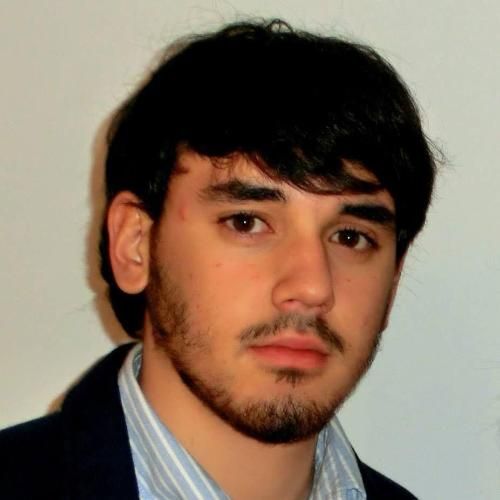
JOSE LUIS
PORTILLO SOTELO
Investigador Predoctoral UCA FPI
Department: Historia, Geografía y Filosofía
Research institute: Instituto de Investigación Marina (INMAR)
Area: Archaeology
Research group: El Círculo del Estrecho, Estudio Arqueológico y Arqueométrico de las Sociedades desde la Prehistoria a la Antigüedad Tardía
Email: joseluis.portillo@uca.es
Personal web: https://uca-es.academia.edu/JoseLuisPortilloSotelo
Áreas PAIDI: Humanidades
As a researcher, we are a member of the PAIDI HUM-440 Research Group ("The Strait Circle. Archaeological and Archeological Study of Societies from Prehistory to Late Antiquity"), where we have been able to participate in several research projects developed since 2016. In international competitive projects such as Tamuda (Tétouan, Morocco) and Portopalo-Vendicari (Sicily, Italy); and in national projects such as Baelo Claudia, Ceuta and Camposoto-Torregorda (Cadiz). Recently, we have had an 18-month internship as a Graduate Researcher at the University of Cadiz, where we have developed as a researcher and archaeologist. In this regard, we have strengthened our research line, Roman pottery, thanks to the study of various material contexts which have materialized in the attendance of conferences and in more than a dozen of publications of scientific nature. That is why we have the knowledge of the manual techniques of archaeological drawing of materials and the subsequent process of vectorization and layout. We are currently developing our doctoral thesis project, focusing on the role of common Roman ceramics in the fishing-canning contexts of the Campo de Gibraltar, which explains why we have also recently conducted specific courses on the use of marine resources. In this sense, we are leading several material studies projects in the Museums of Cadiz and Algeciras, where we have been able to deepen the study of the economic activity of port cities of the Círculo del Estrecho, such as Iulia Traducta and Gades, and in its production of ceramic tableware and its export through the maritime trade in the Strait and the Western Mediterranean. On the other hand, as a professional archaeologist I have focused my training on the application of new technologies in the archaeology field, among which we highlight the obtaining of the Pilot Title of RPAS (drones) in the FTEJerez pilot school (Jerez de la Frontera, Cadiz). Thus, we have specialized courses in photography and photogrammetry, and reconstruction of heritage and 3D modeling, by the University of Murcia and Burgos. In addition to having the knowledge of the technical equipment related to RPAS, we have training in the management of specific software for the processing and post-processing of data in vector design, 3D modeling and Heritage virtualization, photogrammetry, photographic processing, as well as non-invasive historical-archaeological research techniques (Geographic Information Systems, MDT, Lidar and geodetection). We have been able to develop this training in a multitude of R+D+i projects, where the aerial work has allowed us to generate planimetries and orthophotographs of places such as Tamuda (Tétouan, Morocco), Baelo Claudia (Tarifa, Cádiz), Baluarte de la Bandera (Ceuta), Huerta del Carmen (Algeciras, Cadiz), Portopalo (Sicily), Playa de La Caleta and Torregorda-Camposoto (Cadiz), etc. Among these we highlight the documentation with RPAS of the network of medieval defensive towers of the Campo de Gibraltar through three-dimensional models. We have experience as a technical field professional, both in the projects mentioned above, and in various urban interventions, highlighting the obtaining of up to three OTRI contracts of a scientific nature. Finally, the qualification of Technician in prevention of occupational risks enables us for our correct development of archaeological work in the field.










